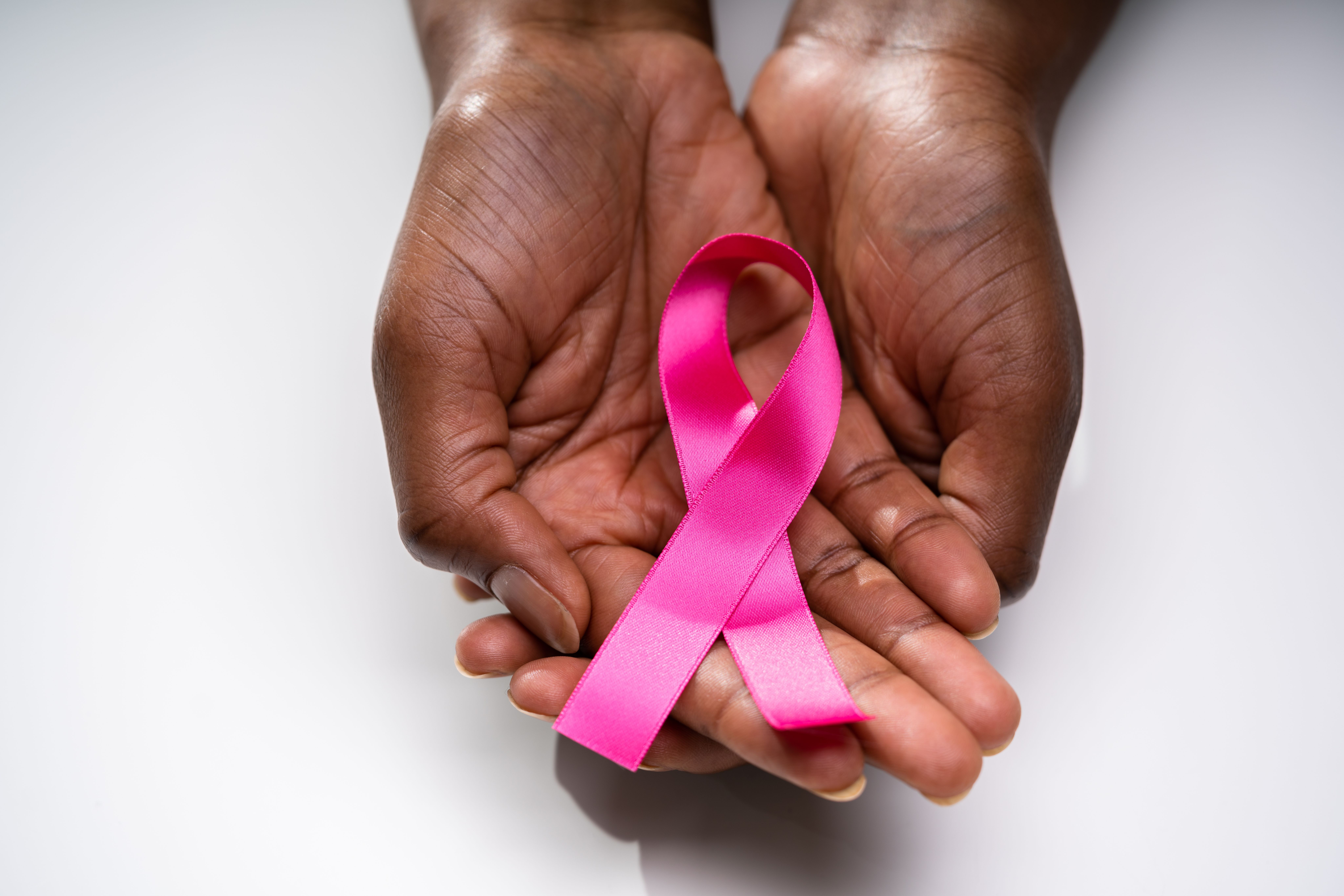- Center on Health Equity & Access
- Clinical
- Health Care Cost
- Health Care Delivery
- Insurance
- Policy
- Technology
- Value-Based Care
Black Patients With Metastatic Triple-Negative Breast Cancer Are Less Likely to Get Immunotherapy, Study Finds
Racial and ethnic disparities were identified in immunotherapy receipt for Black patients with metastatic triple-negative breast cancer.
Black patients with metastatic triple-negative breast cancer (mTNBC) were less likely to receive immunotherapy compared with White patients, even after accounting for socioeconomic factors, according to a new study.1

This retrospective cohort study is published in JAMA Oncology.
“To our knowledge, this is the first study to examine trends and racial and ethnic disparities in immunotherapy use for TNBC and racial and ethnic differences in pCR [pathologic complete response] and OS [overall survival] among patients with TNBC receiving immunotherapy,” the researchers wrote. “Significant increases in immunotherapy use from 2017 to 2021 were observed in esTNBC [early-stage TNBC] and mTNBC.”
Black women face significant disparities in breast cancer outcomes, particularly in triple-negative breast cancer (TNBC), which is more aggressive and has fewer targeted treatment options.2 While immune-related factors, including differences in tumor-infiltrating lymphocytes and systemic inflammation, may influence treatment response, socioeconomic barriers and unequal access to emerging therapies, such as immunotherapy, further contribute to disparities.
The study utilized data from the 2019-2021 National Cancer Database (NCDB), with the aim of examining trends in racial and ethnic disparities in immunotherapy, as well as understanding differences in pCR and OS in patients with TNBC.1 Data were analyzed from April 1 to August 31, 2024, focusing on 2 distinct TNBC cohorts. The esTNBC cohort comprised patients diagnosed with stage II or III TNBC who underwent neoadjuvant therapy in 2021. The mTNBC cohort included patients with stage IV TNBC who received treatment between 2019 and 2021, all of whom underwent chemotherapy, with some also receiving immunotherapy.
The study included 10,724 patients with TNBC, with a mean (SD) age of 56.1 (13.7) years. Of these patients, 4.4% were Asian or Pacific Islander, 24.0% Black, 9.1% Hispanic, 60.3% White, and 2.2% categorized as other.
Immunotherapy use significantly increased over time, rising from 5.5% in 2017 to 38.8% in 2021 for mTNBC and from 4.2% to 48.0% for esTNBC within the same period. In the 2021 esTNBC cohort, Black patients had lower immunotherapy use (45.9%) compared with other groups; however, this difference was not statistically significant after adjusting for insurance status, treatment facility type, and other variables.
pCR rates among patients receiving immunotherapy were similar across racial and ethnic groups. In the 2019-2021 mTNBC cohort, immunotherapy use was highest in Asian or Pacific Islander patients (37.1%) and lowest in Black patients (28.1%). Even after controlling for confounders, Black patients had lower odds of receiving immunotherapy compared with White patients (adjusted OR [aOR], 0.63; 95% CI, 0.49-0.80).
However, among those receiving immunotherapy, OS was similar between Black and White patients (aHR, 0.92; 95% CI, 0.64-1.32).
The researchers noted some limitations of the study, such as its retrospective design and unmeasured confounders. Additionally, NCDB does not specify immunotherapy agents, and its category includes other biological therapies, including bevacizumab, ERBB2-targeted therapies, and sacituzumab govitecan, though their impact was likely minimal. Furthermore, the lack of PD-L1 expression data limited understanding of whether racial differences in immunotherapy receipt for mTNBC reflected practice patterns or biological variations. Lastly, the small number of patients receiving immunotherapy may have reduced the ability to detect subtle racial and ethnic differences in pCR for esTNBC or OS for mTNBC.
Despite these limitations, the researchers believe the study highlights that although immunotherapy use has increased in recent years and improves survival outcomes, racial disparities persist in access to this treatment.
“Receiving immunotherapy could improve pCR in esTNBC and OS in mTNBC,” the researchers wrote. “Our study provides insights into potential strategies to ameliorate equitable access to immunotherapy to help mitigate racial and ethnic disparities in oncologic outcomes for TNBC.”
References
1. Freeman JQ, Huo D, Shubeck SP, et al. Trends and disparities in the use of immunotherapy for triple-negative breast cancer in the US. JAMA Netw Open. 2025;8(2):e2460243. doi:10.1001/jamanetworkopen.2024.60243
2. Santoro C. Race and immune microenvironment impacts on breast cancer outcomes. AJMC®. Published December 12, 2024. Accessed February 17, 2025. https://www.ajmc.com/view/race-and-immune-microenvironment-impacts-on-breast-cancer-outcomes
